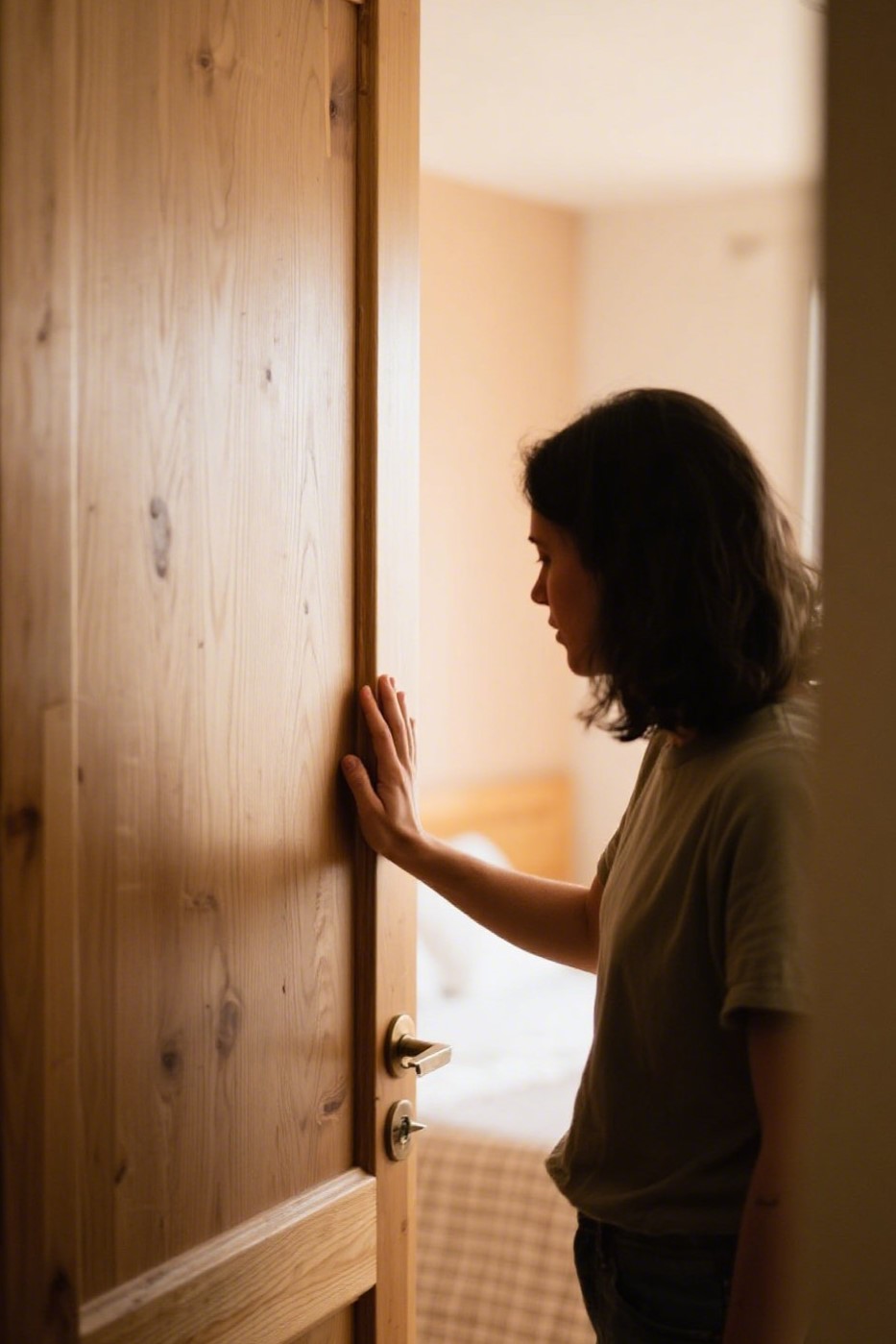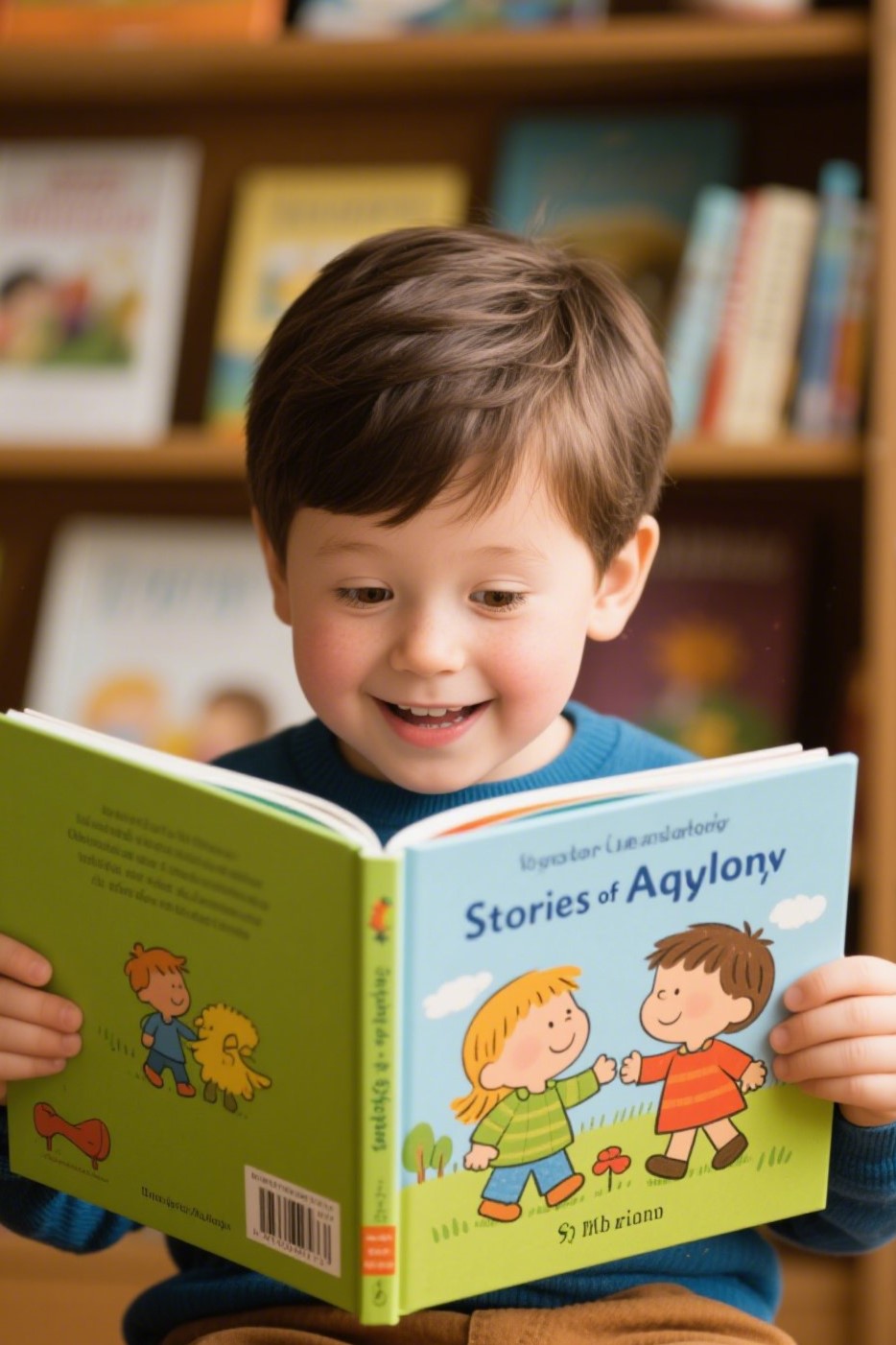Explaining boundaries to an 8-year-old might sound like a serious grown-up conversation—but it doesn’t have to be! At this age, kids are curious, social, and learning fast. They’re starting to understand friendship rules, emotions, and the idea of fairness. That makes age 8 the perfect time to teach them about personal boundaries—what they are, why they matter, and how to set them kindly and confidently.
Here’s how to do it—creatively, clearly, and with a touch of heart.
1. Use Kid-Friendly Language

Avoid big words like “autonomy” or “emotional limits.” Stick to simple ideas:
“Boundaries are rules we make to help us feel safe, respected, and happy.”
Explain that everyone has an invisible bubble—like a superhero shield. Some people like their bubble close, some a little wider—and that’s okay!
2. Give Real-Life Examples

Turn everyday moments into boundary lessons:
- Physical boundaries: “You like hugs, but your friend prefers high-fives. That’s okay—you’re both showing kindness in different ways.”
- Emotional boundaries: “It’s okay to say ‘I need quiet time’ when you feel overwhelmed.”
- Privacy boundaries: “Your room is your space. It’s okay to knock before entering someone else’s.”
These examples turn an abstract idea into something they can see and feel.
3. Use Stories or Analogies

Try a relatable metaphor:
“Think of boundaries like traffic lights. Green means go, red means stop, and yellow means slow down and ask.”
Books and stories also help! Try children’s books like “No Means No” by Jayneen Sanders or “Personal Space Camp” by Julia Cook.
4. Practice Role-Playing

Make it fun! Act out situations like:
- Someone asking to borrow a toy.
- A friend hugging without asking.
- A classmate teasing.
Let your child try saying:
- “Please don’t do that.”
- “I don’t like that.”
- “I need space.”
This gives them scripts they can use in real life, building confidence.
5. Model Boundaries Yourself

Kids watch what you do more than what you say. Set your own boundaries gently:
“I can’t talk right now because I’m resting. Let’s chat in 10 minutes.”
When they see you setting and respecting boundaries, they learn it’s normal and healthy—not mean or selfish.
Final Thought
Teaching boundaries to an 8-year-old is one of the best gifts you can give. You’re showing them how to protect their peace, respect others, and build strong, kind relationships.
It’s not about saying “no” all the time—it’s about knowing when, how, and why to say it.
And that’s a superpower every kid deserves to have.





